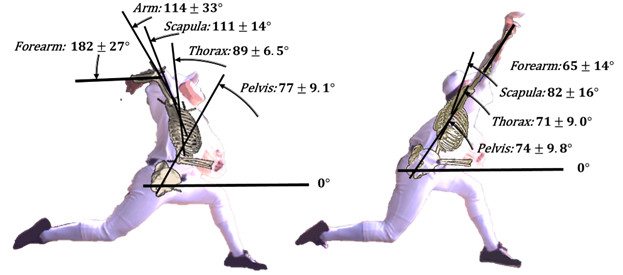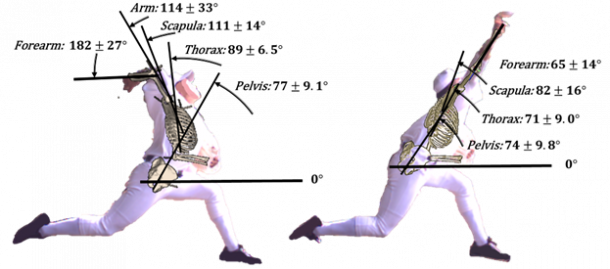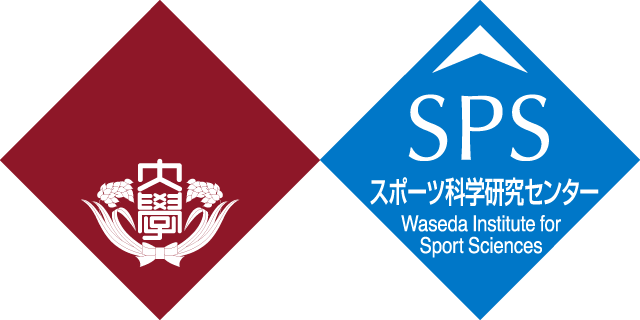- ニュース
- Proximal to distal sequencing impacts on maximum shoulder joint angles and the risk of impingement in baseball pitching involving a scapular independent thoracohumeral model
Proximal to distal sequencing impacts on maximum shoulder joint angles and the risk of impingement in baseball pitching involving a scapular independent thoracohumeral model

- Posted
- 2023年7月26日(水)
Abstract
Hyperangulation of the scapulohumeral joint due to poor coordination of the scapula during throwing motion is claimed to be a major cause of internal impingement in baseball pitchers. However, kinematic evidence of hyperangulation during the pitching delivery has not been investigated either to confirm this postulation or to provide a mechanical explanation about how impingement occurs during the pitching motion. This study was conducted to locate when and how hyperangulation, or internal impingement, occurs during the pitching delivery in elite baseball pitchers.

Findings
The pelvis, thorax, and scapula rotated in the proximal-to-distal sequence. Large forearm layback observed near the end of the cocking phase (182 ± 27°) was achieved with a submaximal scapulohumeral external rotation (98 ± 14°). In the next 0.027 ± 0.007 s, while forward thoracic rotation and then scapular rotation caused increased scapulohumeral external rotation to a maximum of 113 ± 14°, humeral horizontal adduction and scapula protraction occurred simultaneously preventing the humerus from lagging further behind the scapula. Only one participant reached critical hyperangulation beyond which internal impingement was reported to occur. The findings indicate that most elite pitchers safely attained the fully cocked position, yet off-timed recoiling of scapular protraction caused hyperangulation in full-effort pitching.
Future issues
In the present study, occurrence of internal impingement was sought only in the form of hyperangulation at and near the fully cocked position. Anatomical and biomechanical evidence has demonstrated that internal impingement occurs when the arm is fully abducted (approximately 90°) without being externally rotated relative to scapula and, therefore, there is a possibility that internal impingement occurs when the arm is fully abducted at or near the end of the early cocking phase. Occurrence of internal impingement in these positions should be examined in future studies.
Researcher’s Comments
This study provided the first quantitative evidence that the scapula plays an important role in proximal-to-distal sequencing during pitching as well as in the proper and improper movement patterns of the scapula in the kinetic chain in attaining maximum joint angles at or near the fully cocked position. In addition, the findings suggest that the seemingly excessive layback position observed during pitching is, by itself, not a risk factor for shoulder internal impingement and is safely attainable by initiating sequential recoiling of the thorax, scapula, and humerus with proper timing.
Journal Information
Journal:Scand J Med Sci Sports
Title of original paper:Proximal to distal sequencing impacts on maximum shoulder joint angles and the risk of impingement in baseball pitching involving a scapular independent thoracohumeral model
Authors:Toshimasa Yanai (Waseda University), Ryan Crotin (LouisianaTech University), Tanghuizi Du (National Institute of Occupational Safety and Health)
Article Publication Date:2023
URL:https://onlinelibrary.wiley.com/doi/epdf/10.1111/sms.14374
DOI: 10.1111/sms.14374
Research Grant
research grant :Japan Society for the Promotion of Science
research representative:Toshimasa Yanai
- Tags
- 研究活動
